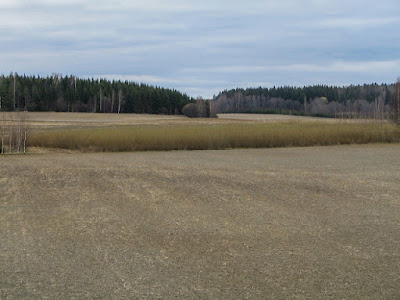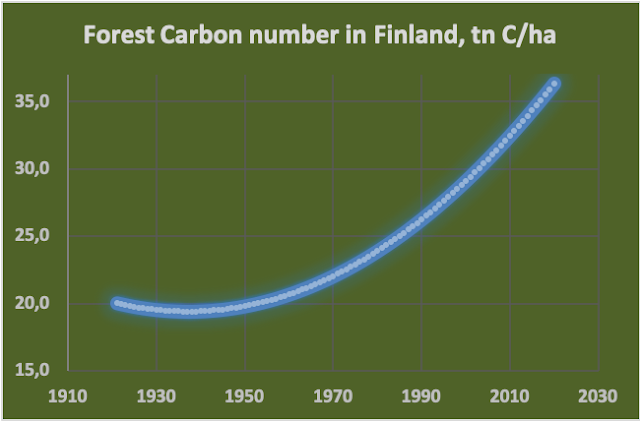Reference Carbon fluxes in Finnish Carbon husbandry

The important, key fluxes in Finnish Carbon husbandry are the two: (1) positive Carbon sink flux to Finnish forests and (2) negative Carbon emissions (source) flux from Finnish arable lands. The most accurate data in Finland have been measured for (1) in Finnish forests. In the year 2020 there is the calculated average Carbon sink flux to Finnish forests of magnitude +393 kg C/ha/a. Picture 1. Coppicing Downy birch - promising tree species for boreal Carbon husbandry in peatlands The most accurate data for Finnish arable lands (2) has been measured for mineral soils. In the year 2020 there is the calculated average Carbon emissions flux from Finnish arable lands of magnitude -430 kg C/ha/a. (Figure 1). Figure 1. Reference Carbon fluxes. Sink fluxes positive, source (emissions) fluxes negative. There is still less comprehensive measurement series for Carbon emissions from arable lands on peat soils. However, it is assumed that the emissions from a peat arable hectare are about 10...






